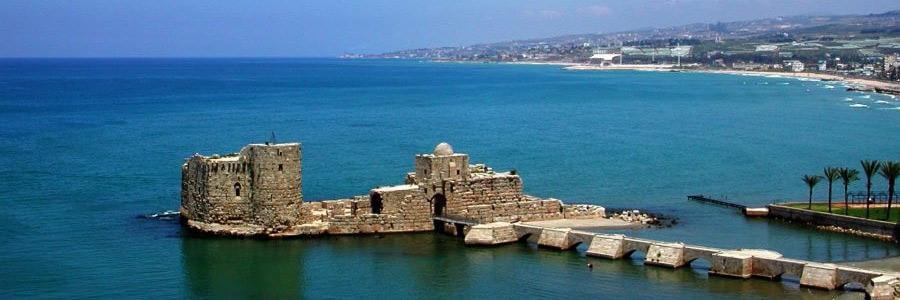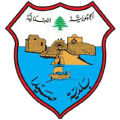Saida City – Medcities Monographic City Profile

The city of Saida is located approximately 45 kilometers south of the capital city of Beirut on the narrow coastal strip separating the mountain region from the sea. The municipal boundaries demarcate a city that extends some 6 kilometers along the Mediterranean shore and reaches an average of 1 – 1.5 kilometers inland for a total surface area of about 750 hectares.
The proximity of mountain and sea has been the defining feature of coastal cities in Lebanon. The Mount Lebanon Range slopes gently from the peak at Mashghara and lies directly east of Saida forming higher and lower foothills. The foothills of the Mount Lebanon define the city spatially and delimiting the view from the plain eastwards and the view towards the sea. The city straddles two watershed basins, the Awali and the Sayniq rivers. The Plain of Saida and its surrounding hills is rich in water springs that are a source for irrigation, drinking water, and streams. A natural rocky harbor characterizes the city of Saida and result in considering Saida as one of oldest and important harbors in the Levant. The Maritime Boulevard is a key amenity feature in Saida and an important public open space that is inclusive of all the inhabitants. Saida City has an approximate population of 110,000 residents and is the third city after Beirut and Tripoli in terms of population size. The population of the Greater Saida area is around 150,000, and it is expected to increase to around 250,000 in the upcoming years. Of note, approximately 25% of the city’s residents are Palestinian. There are also a considerable number of foreign residents.
The diversity of the city can be depicted mostly in its historic core. Heritage has always been central to the identity of Saida and its image. The city is rich with heritage sites from ancient archeological ruins to urban medieval neighborhoods to natural landscapes. Its architectural heritage includes structures such as Byzantine churches, Crusader castles, Mamluk mosques and Ottoman khans. The city’s traditional activities, such as fishing and carpentry, are still present and strongly associated with its history and character.
Source : www.medcities.org







